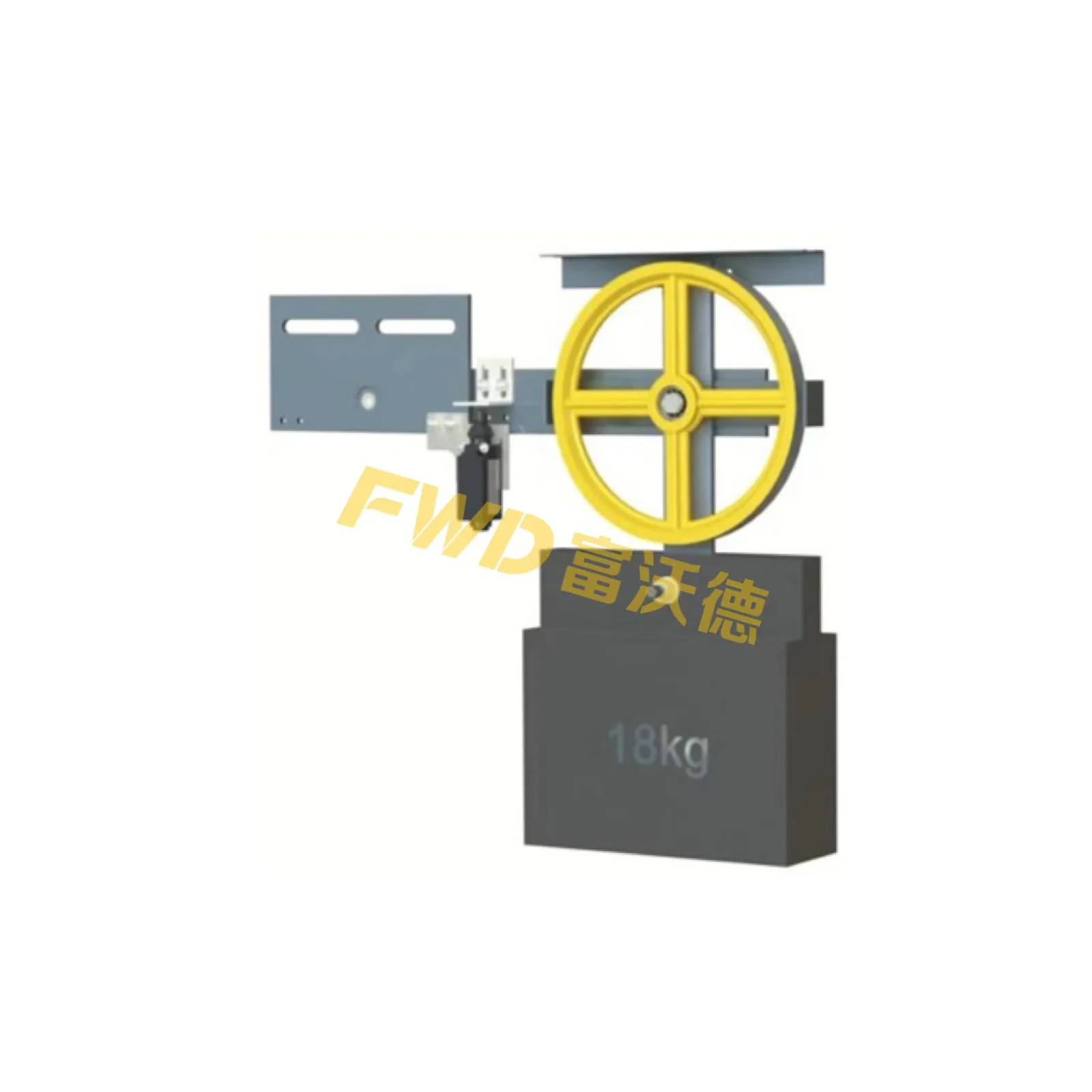- This topic is empty.
-
AuthorPosts
-
2025-05-31 at 10:24 pm #63785
Elevators are integral to modern building designs, ensuring the smooth vertical movement of people and goods. Whether in residential, commercial, or industrial settings, elevators are a common mode of transport, and with this comes the responsibility to ensure their safety. Given the high volume of daily traffic in elevators, safety devices have become an essential part of any elevator system, mitigating risks and preventing accidents. This article Xizi Forvorda explores the impact of elevator safety devices on the reliability and efficiency of elevator systems.

The Need for Elevator Safety Devices
Elevators are complex mechanical systems designed to carry passengers and freight efficiently and safely between multiple floors of a building. However, like any machinery, they are prone to failures, wear, and malfunctions. Given the potential risks of malfunctioning elevators—such as falls, entrapment, or equipment damage—safety devices have been developed to prevent accidents and ensure continuous, secure operation. While elevators offer significant convenience, the need for elevator safety devices becomes clear when considering the safety of passengers. In the event of mechanical failure, electrical malfunction, or human error, these safety features act as safeguards, ensuring that the elevator operates without causing harm to its users. Without these safety systems, elevators could be far more dangerous and prone to accidents that could have catastrophic consequences.
How Elevator Safety Devices Work
Elevators are designed with multiple safety devices working in unison to monitor various elements of the system and prevent potential hazards. These devices function to detect irregularities or malfunctioning parts and automatically activate safety measures to protect passengers and the equipment. As a whole, elevator safety devices are tailored to respond quickly and effectively, reducing risks, preventing accidents, and minimizing repair costs.
These systems rely on sensors, mechanical components, and electrical components that detect changes in the elevator's speed, position, and movement. For example, safety brakes are activated when an elevator car descends too quickly or when the elevator malfunctions, ensuring it does not fall uncontrollably. Similarly, door sensors prevent the doors from closing on an obstruction, such as a person or an object. The integration of these features ensures that elevators operate within predefined safety parameters.
Impact of Elevator Safety Devices on Passenger Confidence
When passengers use an elevator, they rely on its safety features to ensure a smooth and secure journey. The presence of advanced elevator safety devices reassures passengers that their well-being is a top priority. Whether in a high-rise office building or a multi-story residential complex, passengers expect that the elevators will function without posing a danger.
The trust passengers place in elevator systems is largely due to the effectiveness of safety devices, which act as the first line of defense against potential accidents. When these systems are well-maintained and properly calibrated, passengers are more likely to feel comfortable and confident while using the elevator. In contrast, poorly maintained elevators or those without safety features can lead to discomfort, increased anxiety, and, in worst-case scenarios, accidents or fatalities.
Elevator safety devices contribute not only to the physical protection of passengers but also to the psychological comfort of knowing that the elevator system has built-in safeguards. This is particularly important in busy urban environments where large numbers of people use elevators every day. The integration of elevator safety devices enhances the public's perception of the building's commitment to safety and their own personal security.
Elevators play a critical role in the daily operations of modern buildings, and elevator safety devices are essential for ensuring the safety of passengers, maintaining operational reliability, and minimizing repair costs. These devices prevent accidents, protect passengers, and contribute to the smooth functioning of the elevator system. They also offer significant peace of mind to building occupants, ensuring that they can travel between floors without concern. For building owners, property managers, and maintenance teams, ensuring the proper installation, regular inspection, and maintenance of elevator safety devices is key to providing a safe and efficient elevator system. By investing in these devices and adhering to relevant safety regulations, buildings can ensure that their elevators are secure, reliable, and capable of handling the demands of modern vertical transportation.
https://www.xizi-ec.com/Safety-Components
http://www.xizi-ec.com
Zhejiang Xizi Forvorda Electrical Machinery Co., Ltd. -
AuthorPosts
- You must be logged in to reply to this topic.
